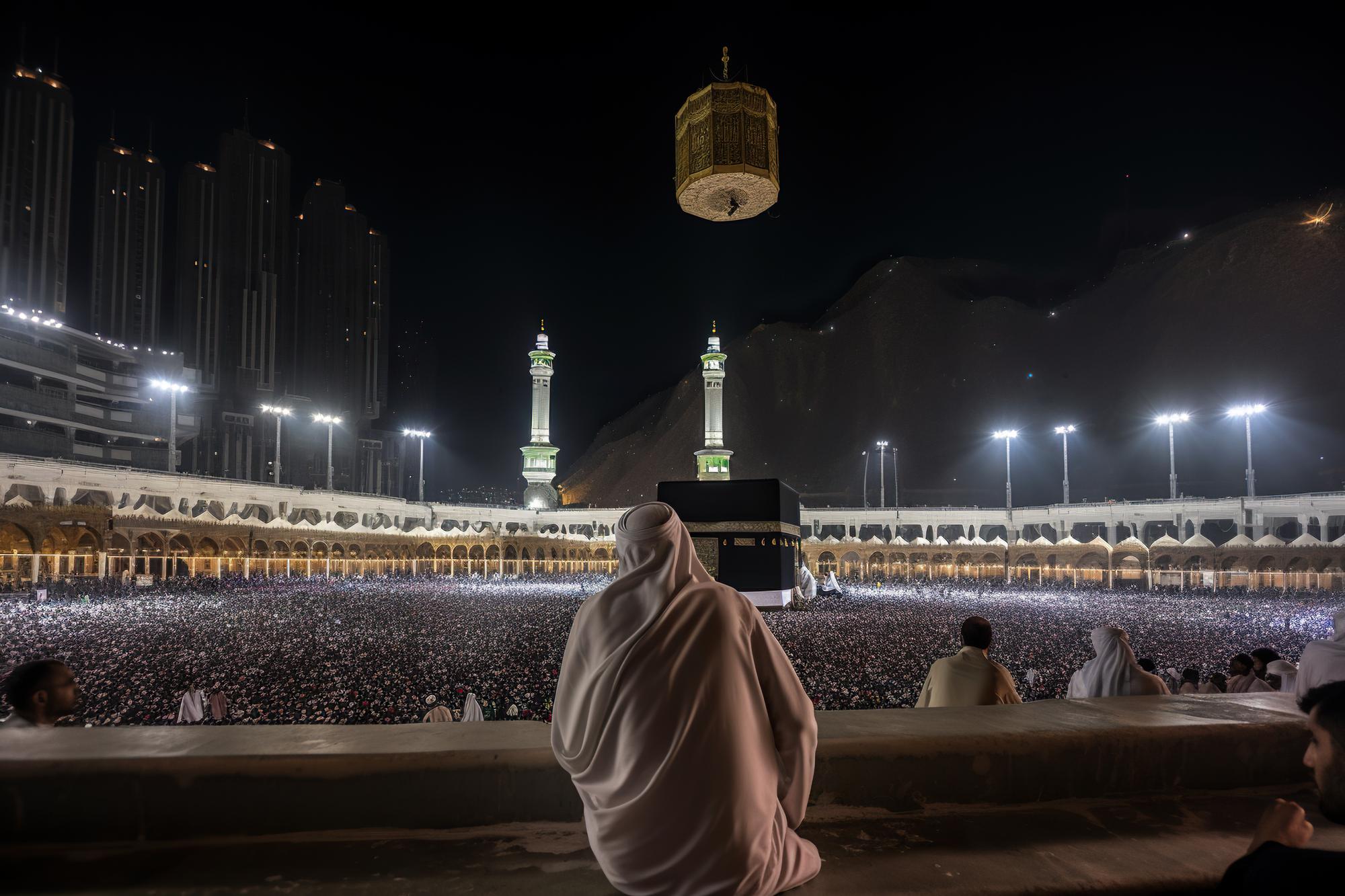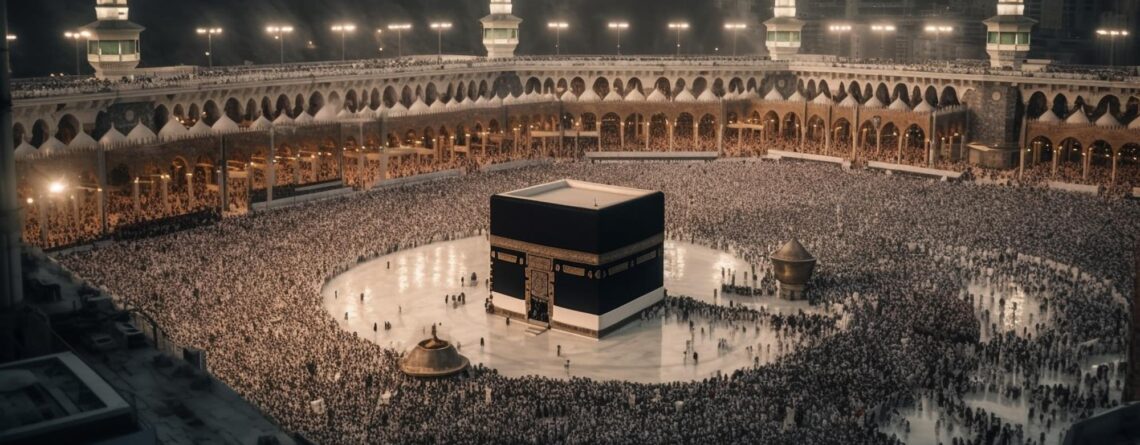Eid al-Adha in Mecca: Pilgrimage Reflections and Community Unity
Nova Parker2024-04-09T06:30:08+00:00Eid al-Adha, also known as the Festival of Sacrifice, holds immense significance in Islam. One of the holiest celebrations, it commemorates the willingness of Prophet Ibrahim (Abraham) to sacrifice his son as an act of obedience to God. Muslims worldwide mark this occasion with prayers, feasts, and acts of charity. However, the pinnacle of devotion during Eid al-Adha is the pilgrimage to Mecca, known as Hajj, where millions of Muslims gather annually in a display of unity and faith.
Embarking on the Hajj pilgrimage to Mecca: A Profound Spiritual Journey
Embarking on the Hajj pilgrimage to Mecca is a profound spiritual journey for Muslims. It is a culmination of lifelong aspirations and a testament to one’s dedication to Islam. The pilgrimage includes a series of rituals that symbolize unity, equality, and devotion to God. Pilgrims from diverse backgrounds, cultures, and nationalities converge in Mecca, dressed in simple white garments known as Ihram, signifying equality before God. This unity of purpose and attire erases distinctions of wealth, status, and ethnicity, fostering a sense of brotherhood and sisterhood among believers.

Mecca: The Heart of Islamic Unity
Mecca, the birthplace of Prophet Muhammad and the holiest city in Islam, holds a special place in the hearts of Muslims worldwide. The Kaaba, a cube-shaped structure at the center of the Masjid al-Haram mosque, is the focal point of the Hajj pilgrimage. Pilgrims circumambulate the Kaaba in a ritual known as Tawaf, symbolizing their devotion and submission to God’s will. The experience of standing shoulder to shoulder with millions of fellow worshippers, united in prayer and supplication, is a deeply moving and spiritual experience for those fortunate enough to undertake this journey.
The Significance of Hajj: Unity, Sacrifice, and Community
The significance of Hajj extends beyond personal devotion; it embodies the principles of community, unity, and sacrifice. Muslims come together in Mecca, leaving behind worldly distractions, to focus solely on their relationship with God. The rituals performed during Hajj reflect the essence of Islam: submission to God, compassion for others, and humility. The act of sacrificing an animal during Eid al-Adha symbolizes Prophet Ibrahim’s willingness to sacrifice his son and serves as a reminder of selflessness, generosity, and sharing with those less fortunate.

The rituals of Hajj
1.Ihram and Tawaf: Pilgrims wear simple white garments (Ihram) symbolizing purity and equality before God and perform Tawaf by circling the Kaaba to symbolize unity.
2.Sa’i: Pilgrims walk between Safa and Marwah hills, symbolizing perseverance and trust in God’s providence.
3.Wuquf at Arafat: Pilgrims gather in Arafat, emphasizing repentance and seeking closeness to God.
4.Stoning and Sacrifice: Pilgrims stone pillars representing Satan in Mina, symbolizing the rejection of evil. They also sacrifice an animal, symbolizing obedience and sharing.
5.Haircut and Completion: Pilgrims trim hair for purification and complete rituals in Mecca, fostering unity, humility, and spiritual growth among believers.
Conclusion
Eid al-Adha in Mecca represents a profound spiritual journey and a celebration of unity among Muslims worldwide. The pilgrimage to Mecca for Hajj encapsulates the essence of Islam’s teachings, promoting humility, equality, and devotion to God. It is a testament to the enduring strength of faith and the unbreakable bonds that unite the global Muslim community.
For more insights into the Hajj pilgrimage and its significance, you can explore further about the flight to Mecca, which plays a pivotal role in this transformative journey.
